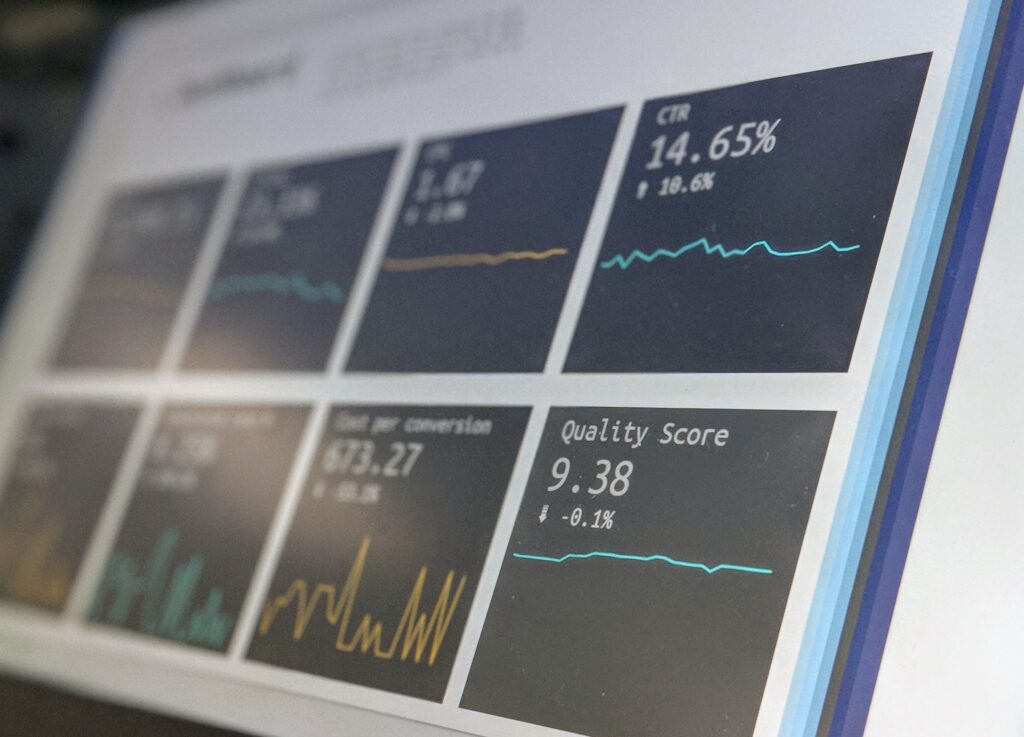Dart Mart vs. Data Warehouse: Understanding the Differences

In the ever-evolving landscape of technology and data management, two terms that often arise are “Dart Mart” and “Data Warehouse.” While they might sound similar, they serve distinct purposes in the realm of information storage and retrieval. In this article, we will delve into the characteristics of Dart Marts and Data Warehouses, exploring their definitions, functionalities, and the roles they play in managing data.
Dart Mart
Dart Mart, short for “Data Mart,” is a subset of a larger data warehouse that is tailored to the specific needs of a particular department or business unit within an organization. It is designed to store and organize data relevant to a particular set of users, making it more focused and user-friendly compared to a comprehensive Data Warehouse.
Key characteristics of Dart Marts
- Specialized Focus: Dart Marts are built with a specific business function or department in mind. For example, there might be separate Dart Marts for finance, sales, or marketing.
- Reduced Scope: Unlike Data Warehouses that store a broad range of enterprise-wide data, Dart Marts contain only the data necessary for the designated business unit. This reduction in scope makes Dart Marts more agile and easier to manage.
- Ease of Access: Dart Marts are optimized for easy access and analysis by the designated business users. This is achieved by tailoring the structure and content of the Dart Mart to the specific requirements of the user group it serves.
Data Warehouse
A Data Warehouse, on the other hand, is a comprehensive and centralized repository that stores large volumes of data from various sources across an entire organization. It serves as a consolidated, historical record of an enterprise’s information and facilitates complex queries and reporting.
Key characteristics of Data Warehouses
- Enterprise-Wide Scope: Data Warehouses aggregate data from different departments and business units, providing a holistic view of an organization’s operations. This comprehensive scope enables cross-functional analysis and reporting.
- Historical Data Storage: Data Warehouses store historical data, allowing organizations to analyze trends, track performance over time, and make informed strategic decisions based on a broader context.
- Complex Query Support: Data Warehouses are designed to handle complex queries and reporting, often involving large datasets. This makes them suitable for business intelligence, analytics, and decision-making processes.
Comparison
The primary distinction between Dart Marts and Data Warehouses lies in their scope, focus, and complexity. Dart Marts cater to specific business units with a narrower focus, providing quick and easy access to relevant data. On the other hand, Data Warehouses are expansive, supporting enterprise-wide data analysis and complex reporting.
In practice, organizations often employ both Dart Marts and Data Warehouses to strike a balance between the need for specialized, department-specific data access and the advantages of comprehensive, cross-functional analytics. The integration of these two concepts allows businesses to optimize their data management strategies for improved decision-making and efficiency.
